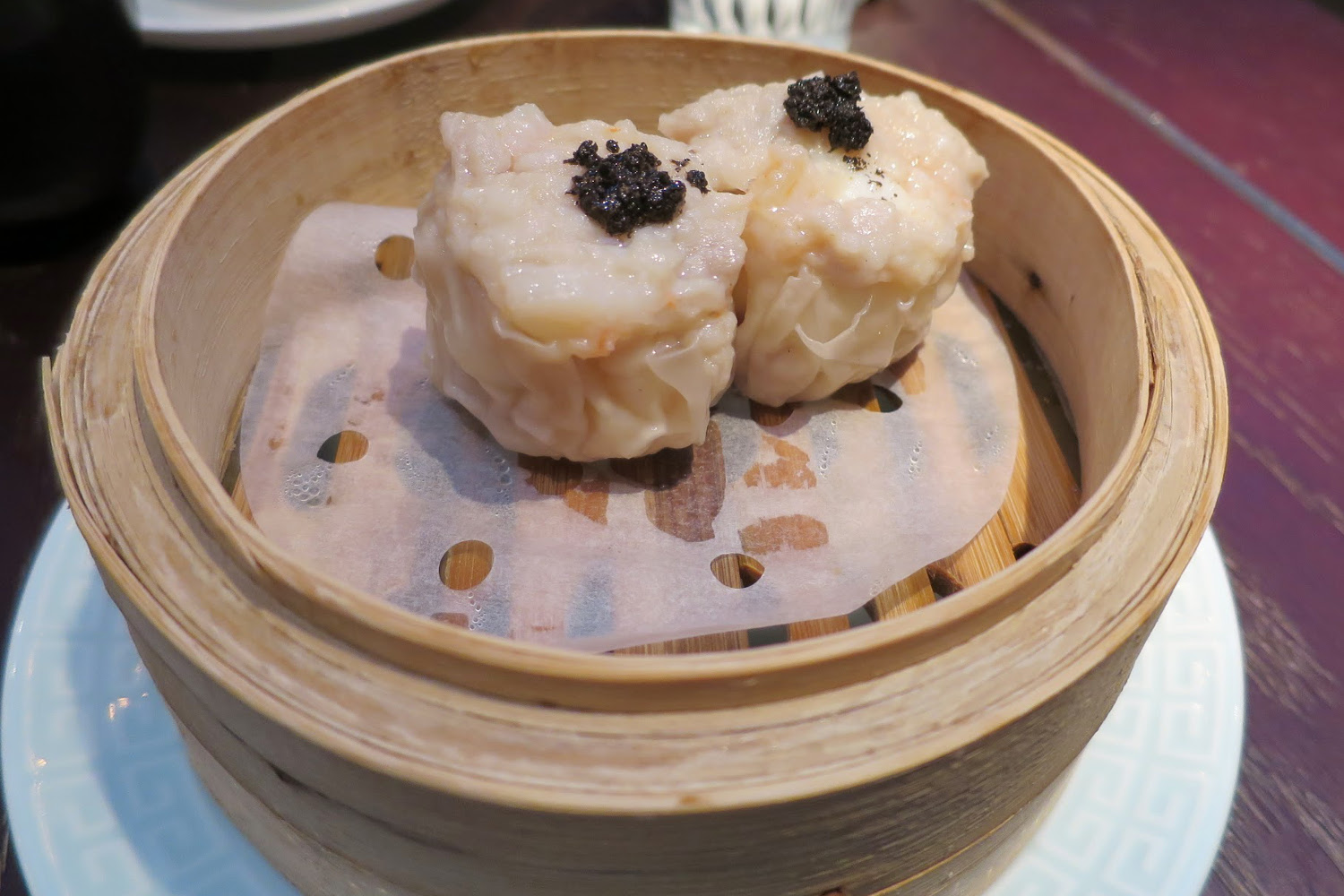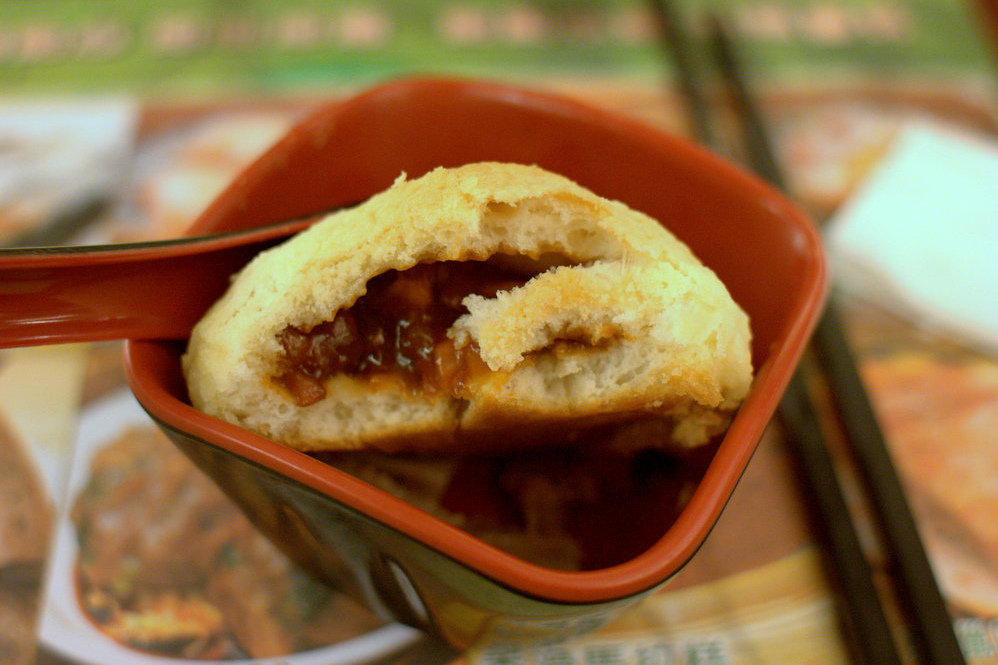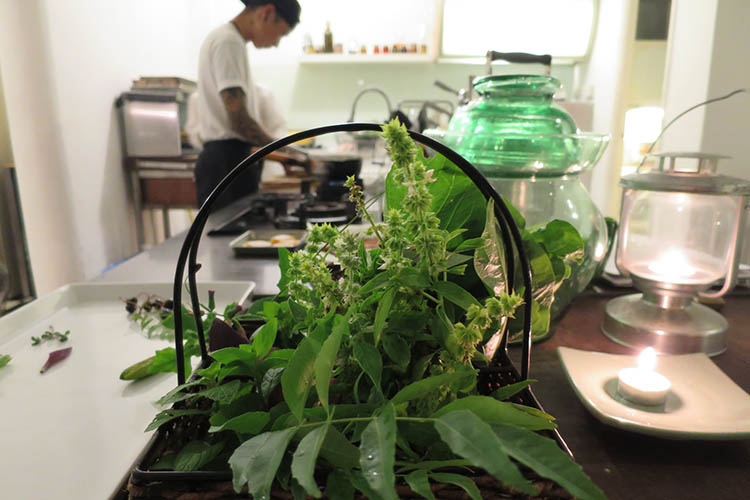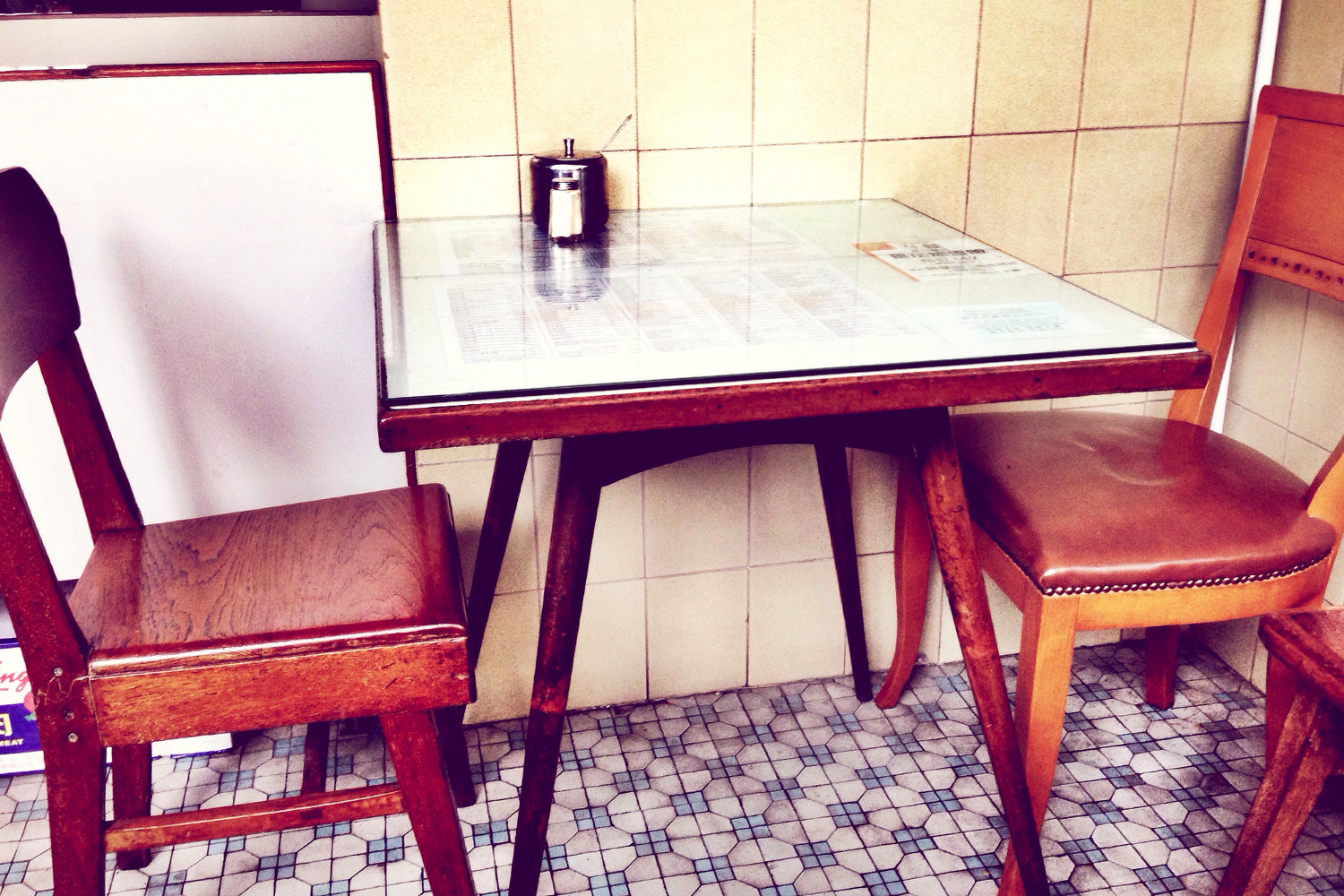Their skills and creativity, and the city’s love of food, have given rise to many one-of-a-kind dining experiences.

Here are some of our favourite uniquely?Hong Kong?dining experiences, from fabulous street food to Michelin-recommended delights.
Hong Kongers will eat absolutely anything as long as it justifies its place on a table, any table. So to avoid paying exorbitant rent and focus on the food instead, savvy restaurateurs have been hawking their dishes in government-run food courts, offering fine dining at unfashionably low prices. Among these gourmet hawkers, ABC Kitchen (Queen St Cooked Food Market, 38 Des Voeux Rd W) stands out for its authentic Western menu. Inside the frenzied, fluorescent-lit expanse, which the eatery shares with other operators, ABC regulars slurp up bouillabaisse made with fresh local seafood, wolf down the crispiest cochinillo asado (roast sucking pig), and inhale fluffy soufflé, all for the price of an entree served under crystal chandeliers.

Similarly, at the world’s cheapest Michelin-starred restaurant, Tim Ho Wan, layfolk get to sample food fit for emperors. Owner Mr Mak was a dim sum chef at three-starred Lung King Heen of the Four Seasons before going it alone. Now, cooped up inside his glorious hole, in a haggard part of town, he recreates his magic – the famed barbecued pork buns (char siu baau), over 750 of which are sold a day. There are beef balls infused with dried mandarin peel and fragrant osmanthus flower jelly for anyone who can afford a US$1.50-$3 for a basket of dim sum and, crucially, who will wait the same number of hours. The lines at Tim Ho Wan are heart-stopping. When you arrive, a smiling Mrs Mak will hand you a number. Then go fly a kite, learn Cantonese opera, or plant some roses, and check back after 90 minutes.
Foam and powder may not be everyone’s comfort food, but molecular gastronomy does enjoy a following in Hong Kong. Bo Innovation, which deconstructs classic Chinese dishes and reassembles them in visually and gastronomically surprising ways, is among the few that impress. Xiao long bao (pork dumplings), for example, are?blobs of ginger-infused pork soup encased in a transparent wrapper that, when consumed, explode?into the juiciest pork dumplings.

A new trend in Hong Kong involves special bespoke menus, seasonal foods grown within a few metres of your table and a lot of love. Ying Yang Coastal is the brainchild of chef Margaret Xu, a self-taught cook who loves food and loves ingredients. She grows or self-sources much of the food she cooks, whether the fresh herbs greening up her patio space or the fish she roasts?having caught it earlier that morning. The idea here is simple: a bespoke meal at a private table. Recipes are often the chef's takes on older Hong Kong cuisine or unique to the fishing village near the kitchen. You book in advance and spend the evening with Margaret. You take a taxi to her kitchen-stroke-dining room, located on a very secluded beach some way from the bustle of Hong Kong Island. Candles are lit, doors thrown open to allow in a fresh harbour breeze and chat is had whilst Margaret and her sous-chef chop, boil and roast. You watch, even partake, in the creation of the meal and each course is enjoyed more because it is infused with the chef's love and laughter. You come away friends with Margaret and having had one of the most memorable meals of your life.
'Soy sauce Western' (si-yau sai-chaan) is the endearing name locals give to a style of cooking that features Western dishes prepared with (some say too much) Chinese wisdom. It’s believed to have been invented by the sous chef of a foreign trading company during?the Qing dynasty, and influenced by the shashlik, zakuska, and borscht of Russians who had fled to Shanghai and opened cafes. Western recipes are liberally adapted, such as by replacing dairy ingredients with soy and Worcester sauce (many Chinese were lacto-intolerant). Tai Ping Koon is known for its smoked pomfret, roast pigeon and turkey-sized souffle. At Queen’s Cafe, the borscht and baked pork chop over rice are perennial favourites.
